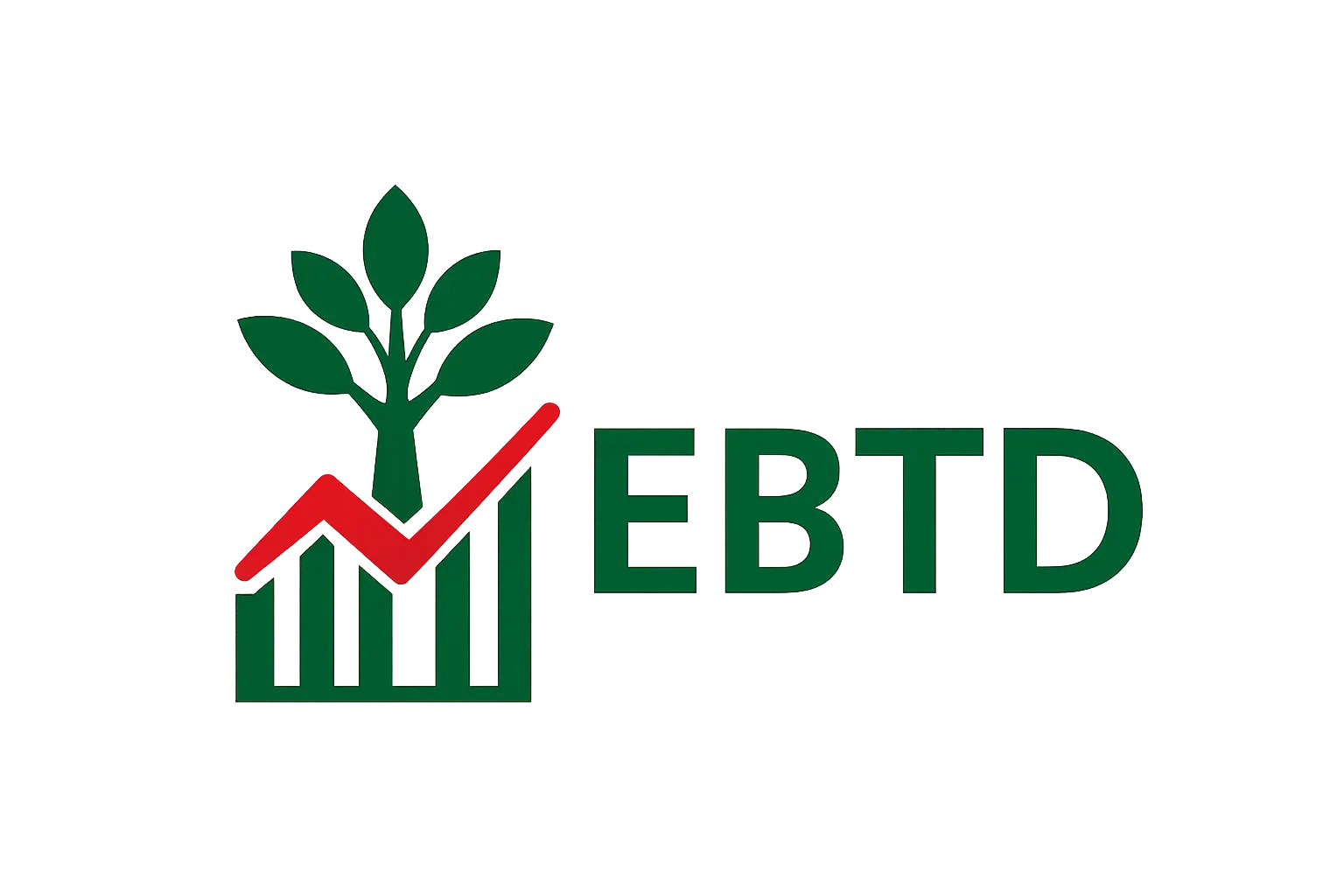Skills and Habits for Reflection
How to make BRIDGE work in your school
Why This Matters
Reflection is not automatic. It requires the right skills, the right evidence, and the right approach. Without these, reviews risk becoming defensive, over-positive, or superficial. Teachers may say what they think leaders want to hear, data may be used to impress rather than illuminate, and difficult truths may remain hidden.
The BRIDGE Framework will only succeed if schools adopt supportive, evidence-informed habits of reflection, grounded in the belief that everyone can improve and no one is perfect.
At the same time, it is important to stress: leaders already know their schools best. You know your pupils, your staff, and the culture of your institution. You know how to handle sensitive situations and how to encourage growth in ways that fit your context. BRIDGE does not replace that knowledge. Instead, it provides a structure to guide honest reflection, direct your skills, and support ongoing development.
Active Ingredients for Reflection (Non-Negotiables)
-
Honesty and Humility
-
Accept that every school has room for improvement.
-
Replace self-praise with self-scrutiny: ask “What’s really happening?” rather than “How good do we look?”
-
-
Ethical Leadership
-
Approach reflection with integrity, transparency, and fairness.
-
Keep discussions safe, respectful, and focused on growth.
-
-
Coaching Conversations
-
Use open, probing questions that invite staff to think.
-
Listen carefully before offering solutions.
-
Help teachers reflect for themselves rather than imposing judgement.
-
-
Evidence Triangulation
-
Look at multiple sources: lesson observations, work samples, pupil voice, attendance and assessment data.
-
Avoid drawing conclusions from a single piece of evidence — seek patterns.
-
-
Structured Meetings
-
Plan reflection sessions with clear purposes, agendas, and outcomes.
-
Use protocols that ensure fairness and balance, such as “describe before evaluate.”
-
-
Peeling Back the Layers
-
Don’t stop at surface answers (“pupils are weak in science”). Ask “why?” until deeper causes emerge.
-
Consider curriculum, teaching, assessment, and pupil well-being.
-
-
Data Analysis with Purpose
-
Use data to ask questions, not to prove points.
-
Connect numbers back to real pupil experiences.
-
-
Culture of Continuous Growth
-
Make reflection a regular habit, not a one-off exercise.
-
Celebrate strengths while always asking: “What’s next?”
-
Frameworks for Reflection in Practice
The following are possible mechanisms to support reflection. They are not prescriptions. Leaders should adapt them to suit their school’s culture and context.
Lesson Observations
Aim: focus on evidence of learning, not performance. Observing more than one lesson helps identify patterns.
Possible questions to ask teachers:
-
What choices did you make in planning this lesson?
-
How do you think pupils experienced this learning?
-
If you taught this again, what might you do differently?
Book Scrutiny / Work Sampling
Aim: look for progression, depth, and feedback over time — not neatness.
Possible questions for reflection:
-
What does this work show us about how well pupils are learning?
-
Are expectations consistent across classes?
-
Where do we see evidence of pupils revisiting and improving work?
Pupil Voice
Aim: understand how pupils themselves experience learning.
Possible pupil questions:
-
What helps you learn best in this subject?
-
What do you find most difficult, and why?
-
Can you share an example of when you felt you really understood something?
Review Meetings
Aim: create a safe, constructive space where staff feel supported.
Possible ground rules:
-
We are here to learn, not to judge.
-
Everyone contributes evidence, not just opinion.
-
Every conversation ends with agreed actions.
⚖️ Remember: These tools are guides, not rules. They exist to help leaders structure reflection so that it is non-judgemental, evidence-based, and developmental. Your expertise in leading your school remains at the heart of the process.
Suggested Reflection Questions for Leaders
-
What evidence tells us how pupils are actually experiencing learning?
-
What might we not be seeing because we are too close to the problem?
-
Where is the gap between what we intend and what pupils actually learn?
-
What patterns do we notice when we bring different evidence sources together?
-
How can we create the conditions where staff feel safe to share difficulties as well as successes?
Closing Thought
Reflection done badly is self-congratulation. Reflection done well is sometimes uncomfortable, but it is always transformative.
The BRIDGE Framework is here to help leaders direct their skills into structured self-review. It supports what you already know: your school, your staff, your pupils. Used well, it creates a culture where conversations are safe, evidence is shared openly, and everyone — leaders and teachers alike — grows together.
No one is perfect. Everyone can improve.
What Comes Next
Now that you understand the skills and habits needed for meaningful reflection, the next step is to apply them. The BRIDGE Framework is built around eight key areas of school life, each with its own clusters to guide self-review.
The question for you as a leader is simple:
Where are your priorities right now?
-
Do you need to focus on Curriculum & Teaching to strengthen learning?
-
Is Attendance & Behaviour the biggest barrier for your pupils?
-
Do you want to look at Leadership to build capacity across your staff team?
There is no fixed order. The framework is designed so you can start where it matters most for your school.
👉 Explore the eight framework areas and choose the one that speaks most to your current priorities:
Each section will guide you through evidence, reflection, and practical next steps.
